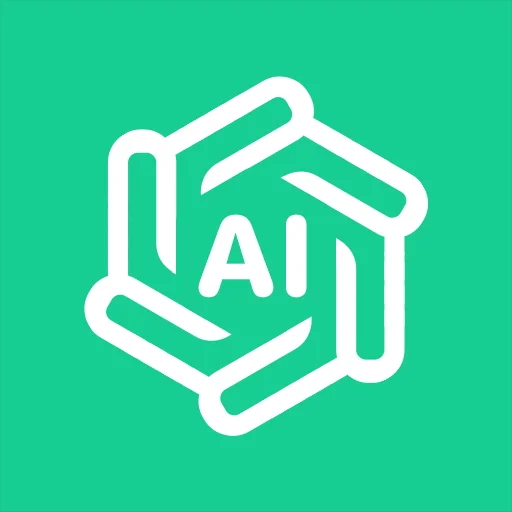Chatbot AI – Ask me anything
Abstract: Chatbot AI has been a buzzword in recent years. It refers to a computer program that can simulate conversation with human beings using natural language processing (NLP) and machine learning techniques. Chatbots have been integrated into various industries, from customer service to e-commerce, and even mental health. This article explores the evolution of chatbot AI, its applications, benefits, limitations, and future prospects.
Introduction:
Chatbot AI has become increasingly popular over the past decade, as more businesses and organizations seek ways to improve customer engagement and streamline operations. Chatbots are designed to mimic human conversation, using natural language processing and machine learning algorithms to recognize and respond to user queries. They can be used in a variety of industries, from retail and hospitality to healthcare and finance, and can perform a wide range of tasks, from answering simple questions to providing personalized recommendations.
Evolution of Chatbot AI:
The earliest chatbots were developed in the 1960s, but it wasn’t until the 1990s that they began to gain widespread use. The first commercially successful chatbot was ELIZA, created by Joseph Weizenbaum in 1966. ELIZA was a simple program that used pattern matching to simulate a therapist’s conversation with a patient. It was able to respond to user queries by generating pre-scripted responses based on keywords in the user’s input.
Over the years, chatbots have evolved significantly. With the advent of natural language processing (NLP) and machine learning (ML) technologies, chatbots are now able to understand and interpret human language more accurately. Modern chatbots use NLP algorithms to analyze user input and generate responses that are contextually relevant and personalized. They also use ML algorithms to learn from user interactions and improve their performance over time.
Applications of Chatbot AI:
Chatbot AI has been integrated into various industries, including healthcare, finance, retail, and hospitality. In healthcare, chatbots are used to provide medical advice and symptom diagnosis. They can also remind patients to take their medication and schedule appointments with doctors. In finance, chatbots are used to provide financial advice, help customers with account management, and even process transactions. In retail, chatbots are used to provide product recommendations, answer customer queries, and even facilitate sales. AIn hospitality, chatbots are used to provide concierge services and assist with booking reservations.
Benefits of Chatbot AI:
Chatbot AI offers several benefits to businesses and organizations. Firstly, it can improve customer engagement by providing 24/7 support and personalized recommendations. Secondly, it can reduce operational costs by automating routine tasks such as answering simple queries and processing transactions. Thirdly, it can provide valuable insights into customer behavior and preferences, which can be used to improve marketing and product development strategies.
Limitations of Chatbot AI:
While chatbot AI offers several benefits, there are also limitations to its use. Firstly, chatbots may not be able to understand and respond to complex queries that require human expertise. Secondly, chatbots may lack the emotional intelligence and empathy that humans possess, which can be important in certain industries such as mental health. Thirdly, chatbots may be susceptible to biases if they are trained on biased data.
Future Prospects of Chatbot AI:
The future prospects of chatbot AI are promising. With the development of more advanced NLP and ML technologies, chatbots will be able to understand and interpret human language more accurately. They will also be able to learn from a wider range of data sources, including social media and user reviews, which can provide valuable insights into customer behavior and preferences. Additionally, the integration of chatbots with other technologies such as virtual assistants and augmented reality could further enhance their capabilities and provide more immersive user experiences.
Conclusion:
Chatbot AI has come a long way since its inception in the 1960s. With the development of more advanced NLP and ML technologies, chatbots are now able to provide more personalized and contextually relevant responses. They have been integrated into various industries, offering benefits such as improved customer engagement, reduced operational costs, and valuable insights into customer behavior and preferences. However, there are also limitations to their use, such as their inability to understand complex queries and lack of emotional intelligence. Nonetheless, the future prospects of chatbot AI are promising, and we can expect to see further advancements in their capabilities and integration with other technologies in the years to come.















Leave your rating for the product